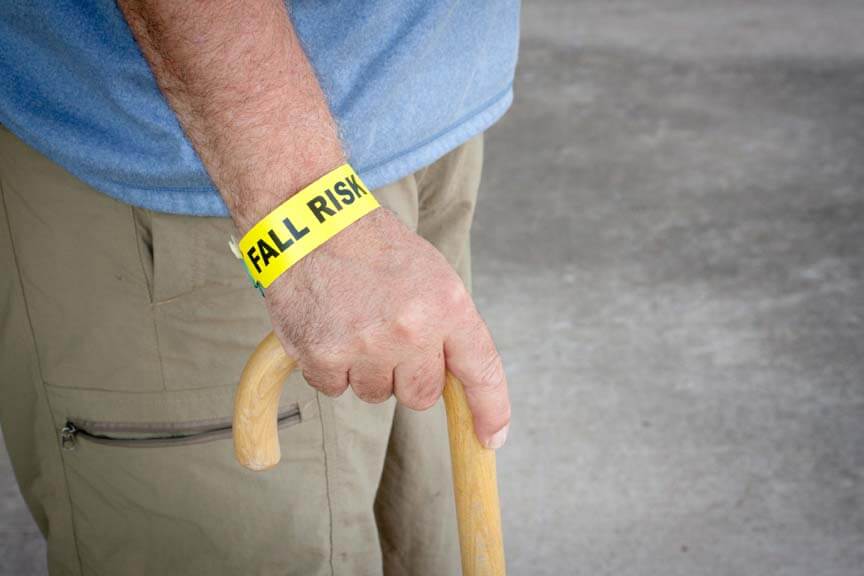Though senior citizens are generally less fascinated than younger generations with the bells and whistles of mobile devices, they could soon find themselves relying on a new smartphone app built by Rutgers students to help them avoid falling.
Falls are the leading cause of fatal and non-fatal injuries for older Americans, according to the National Council on Aging. Problems with balance make adults over 65 particularly susceptible, says Deanna Gray-Miceli, assistant professor in the Division of Nursing Science at Rutgers’ School of Nursing, who has studied the vulnerabilities of the elderly for more than 30 years.
In search of a way to reduce seniors’ rate of falling, Gray-Miceli collaborated with William Craelius, a bioengineering professor at Rutgers’ School of Engineering, to create a tool that would assess balance during daily living activities, such as standing up, sitting down and walking.
Under Craelius’s supervison, students programmed an app, developed by visiting professor Nicki Newby, that used sensors in a strapped-on smartphone to measure body movements like sway, jerkiness or acceleration, which can trigger loss of balance. The app detects the rate of changes in movements using a gyroscope, part of the smartphone technology.
The researchers found that isolating movement patterns immediately before a change in balance could help predict when a person is about to fall.
“What I love about this type of application is that it is objective – and the data never lie,” Craelius says. “It should allow us to establish a baseline for patterns of movement and a repository of readings that we can easily manage in a database.”
To test the app, students strapped two smartphones to the sternums and lower backs of six individuals ranging in age from 76 to 94. Their blood pressure – changes in which can be associated with loss of balance and falls – was taken before and after participants stood up and sat down several times.
The app recorded sway movements and acceleration of motion, which, along with the blood pressure readings, will contribute to a baseline database to help Gray-Miceli build a predictive model of falling.
“This will help us better understand the mechanisms involved when people lose their balance and allow us to intervene to avoid people putting themselves in those situations,” Gray-Miceli says.
The next stage of the research will involve getting a better understanding of when and where risky movements occur.
According to Gray-Miceli, who has served as the New Jersey co-representative of the National Council of Aging Falls Free Task Force, one-third of all seniors who live in a conventional household and 1.43 million people who reside in long-term care facilities experience falls annually.
“This is an exciting step forward in helping us protect people who we worry about from falling and injuring themselves,” Gray-Miceli says.
If our reporting has informed or inspired you, please consider making a donation. Every contribution, no matter the size, empowers us to continue delivering accurate, engaging, and trustworthy science and medical news. Independent journalism requires time, effort, and resources—your support ensures we can keep uncovering the stories that matter most to you.
Join us in making knowledge accessible and impactful. Thank you for standing with us!

